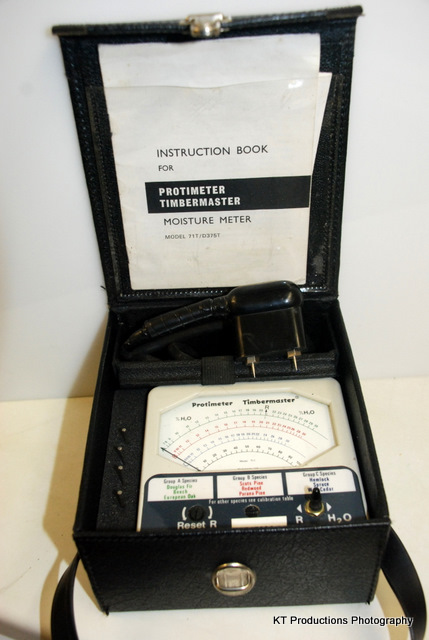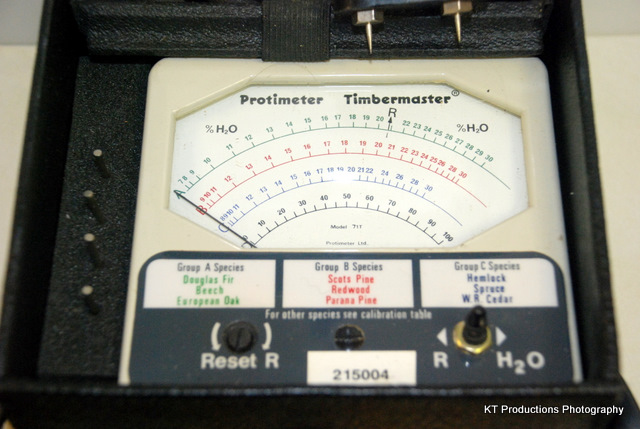OK, so my first trip to a timber merchants has now been made and documented on here.
Waterhead posted a link by way of a reply to my OP from a while ago wrt timber merchants and some of the ins and outs (in his experience) - thanks for that, very helpful. Part of his post made mention of moisture meters, which leads me on to my question:
I assume that the moisture meter works out water content (saturation ?) by measuring the resistivity between 2 probes when in contact with the wood - lower resistivity - more moisture and vice versa. However...... measuring at one end of a 6 foot piece of timber could throw the same results back as measuring at one end of a 2 ft piece of timber. Do you put the dims into the meter before measuring so that it can work out the moisture content relative to the size of the piece?
And finally....... is there one meter that is regarded as "the one to have" ? I've had a scoot round the net and theres a massive variation in price, £14 to a hell of a lot more, my preference is for the lower end.
Cheers, hope the above makes sense, it does to me but then I've just returned from 4 pints of Gem up the local :wink:
Vinny
Waterhead posted a link by way of a reply to my OP from a while ago wrt timber merchants and some of the ins and outs (in his experience) - thanks for that, very helpful. Part of his post made mention of moisture meters, which leads me on to my question:
I assume that the moisture meter works out water content (saturation ?) by measuring the resistivity between 2 probes when in contact with the wood - lower resistivity - more moisture and vice versa. However...... measuring at one end of a 6 foot piece of timber could throw the same results back as measuring at one end of a 2 ft piece of timber. Do you put the dims into the meter before measuring so that it can work out the moisture content relative to the size of the piece?
And finally....... is there one meter that is regarded as "the one to have" ? I've had a scoot round the net and theres a massive variation in price, £14 to a hell of a lot more, my preference is for the lower end.
Cheers, hope the above makes sense, it does to me but then I've just returned from 4 pints of Gem up the local :wink:
Vinny






